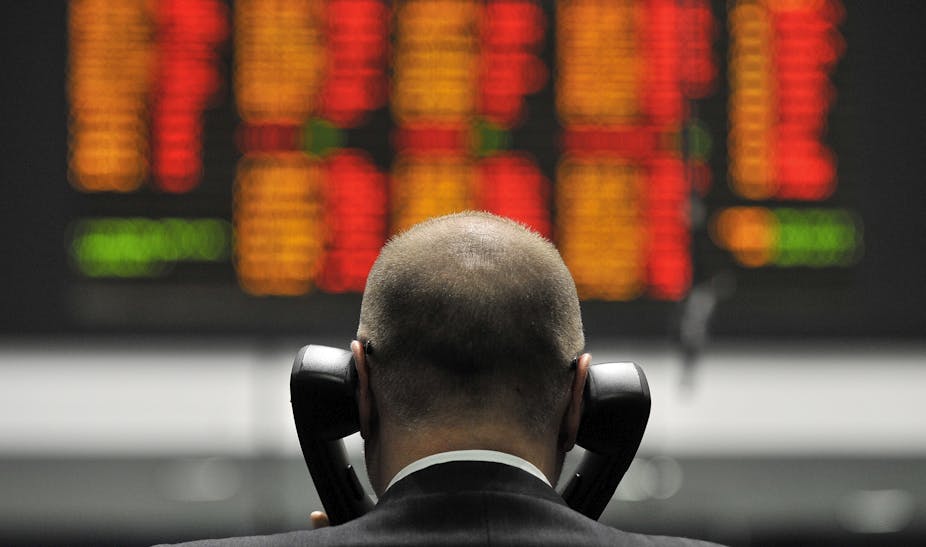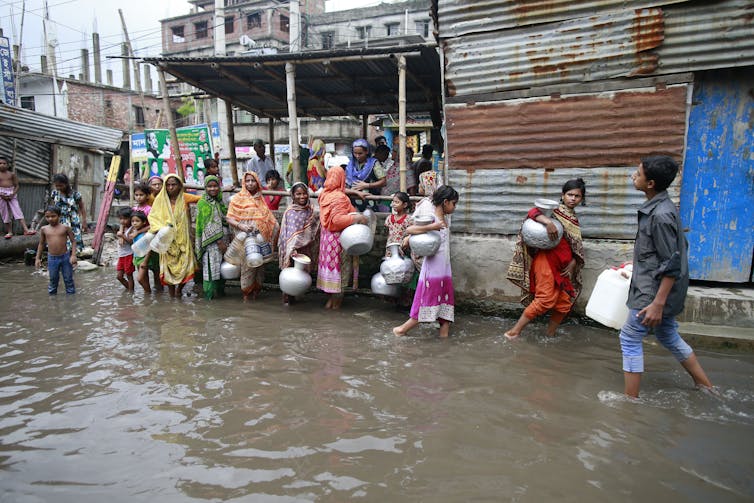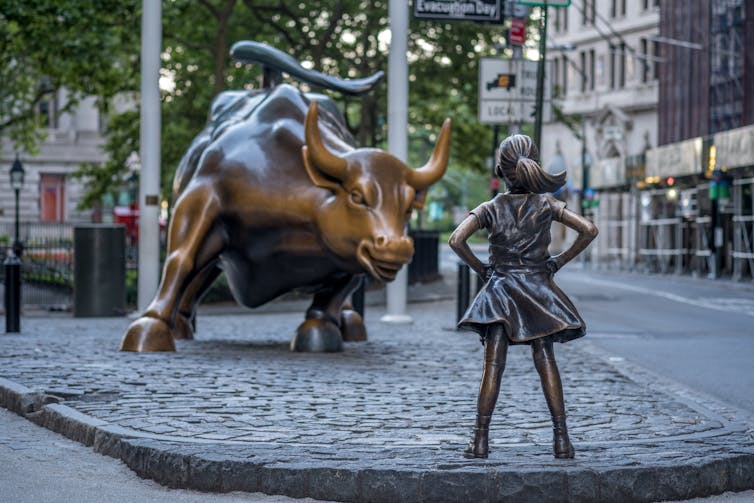 |
|
My Mother, Father, and I after my PhD Hooding in 2015 |
When I was growing up in Michigan, the man who lived across the street would tell me my dad saved his life. Walt and his wife were surrogate grandparents for my brother and I growing up; our grandparents lived across the country in California. Dad would always disagree about saving Walt’s life, try to deflect, talk about how it’s a team effort and he’s just one part. Walt was always insistent.
My father is a world-renowned medical physicist. He works on how best to treat cancer with radiation, a pioneer in treating cancer in three dimensions. Hearing his colleagues talk about him, you can tell that he spent his career working primarily on two fronts: to make radiation treatment safer for both patients and the people who work with them, and to make that treatment more effective. My dad has spent his entire life harnessing a field of science with incredible destructive power to save people.
Radiation physics started, in essence, with death. It was first self-inflicted, as prolonged exposure to radioactivity killed Marie Skłodowska-Curie, would have killed her husband except a horse-drawn cart got to him first, and killed her daughter and son-in-law. The Manhattan Project was primarily an output of the physics community, and that resulted in the deaths of tens of thousands.
My drive to get into geology wasn’t high minded. I really liked Jurassic Park when I was a kid. That’s about it. I wasn’t trying to make money, wasn’t trying to save the planet, didn’t care about rocks, I just really really liked dinosaurs. The reason I liked dinosaurs, other people as well maybe, is because they capture our imaginations. They personify some narrative thread about the bizarre nature of past worlds. Giant reptilian creatures walking the Earth feels like a science fiction story, even though it’s simply science history.
Geology is at its best when telling stories. We can take people to weird locations, like the not-molten but constantly moving interior of the Earth. Amherst, Massachusetts, where I got my PhD, had a mile of ice on top of it in the geologically-recent past. We can tell you that where I grew up used to be a coral reef, if only millions of years ago. Dover used to be underwater and looked like the Bahamas. We use our stories, in paleoclimate, to unveil the past changes of Earth and put the future into context. Understanding the extinction that killed the dinosaurs and much of the other life on the planet, for example, helps explain how long it takes biodiversity to recover from severe and rapid events. Our science is experimental, only the experiments were run by the Earth long ago and we have to uncover what happened.
There’s a profound irony that radiation causes various forms of cancer in higher doses, and now is used to treat it. Radiation therapy essentially overdoses the cancer cells and causes them to die. If you don’t treat the cancer, which requires you to expose healthy cells, then there will be additional cancer. There’s a duality there, or a careful balance between good (health) and bad (cancer). It’s unexpectedly poetic.
I, perhaps too hopefully and naively, view the development of radiation oncology as physics realizing it has profound tools it can use to heal. In its infancy physics used these tools for violent ends. Yes, people discuss a justification for the bombs being dropped at the end of World War II, but even if one accepts all of these arguments for their use without question, it remains a violent use of physics or radiation. I like to think that my dad, and his predecessors, his friends and colleagues, and those that will come after, chose to discard violence for healing.
There’s a similar duality to geology – many of us embody it in the particular branch of geology that we study. I am a Micropaleontologist. That means that I study tiny fossils the size of a grain of sand. I’m more specifically a biostratigrapher and a paleoceanographer, among other things. Micropaleontologists in industry use microfossils to tell the age of sediments (biostratigraphy) or figure out what environments were forming, because the age and environment tell us a lot about if there’s oil in certain rocks. In academia we use those same tools to study the severity of past events to constrain the future. One side of the geosciences is extractive: it uses our stories to bring the past back. It brings fossil fuels to the surface. We rely on these fuels, and they’ve been important in the development of a variety of societies. It is, however, very clearly causing dramatic harm to our planet and our fellow humans.
Geology and physics are fundamentally different in a key way. Physics, at least Newtonian physics, is immediate. Throw a ball into the air, and it rises then falls. Start moving neutrons fast enough around Uranium-235 and it releases energy. Geology doesn’t have that sense of immediacy. Climate change is a slow-moving disaster. Each new generation is birthed into a time when the climate has already changed. It is perhaps not surprising that the general public doesn’t see this as a large problem. Living on human timescales, we only see some of the effects like larger storms.
Geology, however, should know better. We geologists know the rates of past changes in climate, and that CO2 is one of the most potent controls on climate. We have the long view of climate’s history, a view that encompasses billions of years. The stories that inform our future are hot and unpleasant.
I like to think that I’m on the right side with what I do. My research is on how a specific group of plankton (planktic foraminifera) evolve during past intervals of climate change, and I also use that same group to work on exactly how fast those past intervals of change happened. Even when all we want to do is talk about science at meetings, when I get together with other scientists we inevitably start talking about how to convince more people about the reality of increasing temperatures. I spent last year teaching in Texas and before that spent a year and a half at the Smithsonian National Museum of Natural History in Washington, D.C. doing frequent outreach programs. I spent a lot of time thinking about how best to reach folks who are hardened against hearing that the climate is changing and that it’s our fault. I spent weeks on my lectures when teaching climate science, going into the money, psychology, and politics of climate denial after spending days teaching about the physical science. I hope I’m not deluding myself when I say some of them changed their minds.
In a sense, Walt’s living past 50 was a direct consequence of my dad’s scientific output. I look up to my father. His scientific pursuits and those of his colleagues saved countless people from dying with cancer. Many of us have these choices, to work in a field or job that improves life on this planet, or, at best, continues a declining status quo. Do we build bombs, or do we save people from cancer? Do we make climate change worse, or do we use the past to educate people about our shared future? Science doesn’t operate in a vacuum. It’s easy to lose track of the human side of our pursuits.
 |
| My Dad and I playing our saxophones circa 1986 |
I understand the urge to go after a larger or stable paycheck. I have seen the house that having a hardworking and preternaturally lucky career in modern academia has earned me; it’s not a house it’s a flat, and it’s a rental so I can move every few months or few years. Despite that, my family has been lucky we’ve able to stitch together funding, and keep afloat through family loans when things get too tight. Others certainly don’t have that luxury. I’m from the United States, where we get our health insurance through our employers, and losing insurance is a constant concern when you have intermittent employment. I have a five year old daughter and am about to have another. Our five-year-old has lived in four different places: three states and another country, since she was born. One of the first things her teachers told us here in Bristol was “Wow, she adjusts to new circumstances fast.” She does, because the only permanency in her life are her parents and Skyping her grandparents and close friends from two moves ago. I continually reassess why I’m doing this. A big part of the reason is so that I hope both my daughters can look at me, and realize that I made the same choice my dad did.
 |
| My first daughter and I working on a microscope while I worked at the Smithsonian Institution – National Museum of Natural History in 2016 |
Dad had a moment in his life, when working on his PhD, when he wasn’t sure exactly what he wanted to do with his life. He asked my mother and she told him he should, of course,
Help people. Do something good.
He clearly took that to heart.
This blog is written by Cabot Institute member Dr Andy Fraass from the University of Bristol School of Earth Sciences.
 |
| Andy Fraass |



